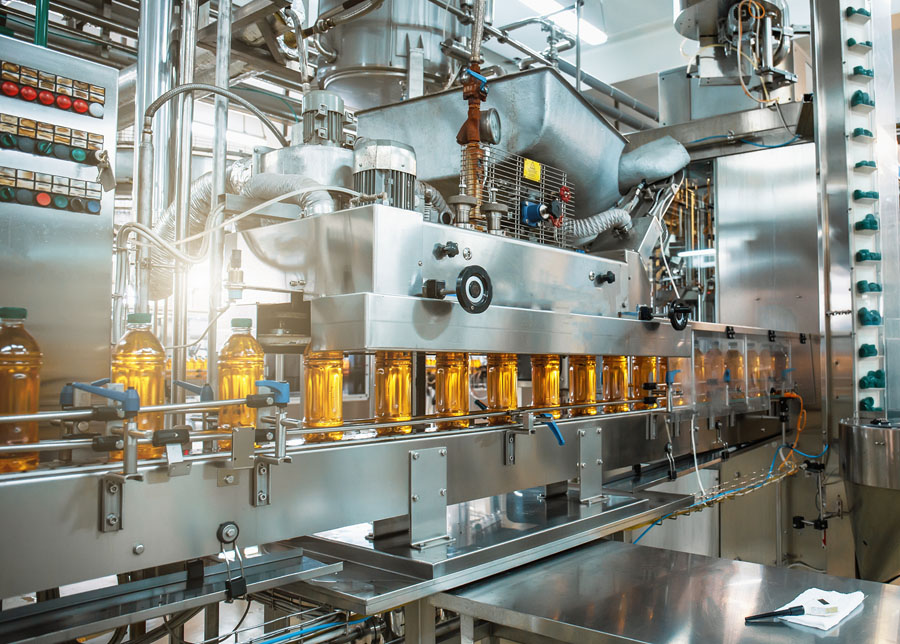What is Fluid Power in a Hydraulic System?
/ 2
Hydraulic systems use fluid power to keep components moving, offering unmatched power and precise control across various modern industrial applications. But what makes these systems so effective? What is fluid power?
The Core Principles of Fluid Power
At its heart, fluid power relies upon a fundamental principle of physics: pressure applied to a confined fluid is transmitted equally in all directions. This principle, known as Pascal’s Law, allows fluid power systems to multiply force efficiently and transmit power across various distances.
This isn’t just theoretical physics – it enables hydraulic systems to multiply force so effectively. When you apply pressure to fluid in a small cylinder, that same pressure acts on every square inch of a larger cylinder, creating a multiplication of force. This is why relatively small hydraulic components can generate massive forces, making fluid power ideal for heavy-duty applications.
Think of it this way. When you press the brake pedal in your car, you’re initiating a fluid power sequence. The force from your foot is not enough to stop a car. However, your movement triggers a sequence of events that pushes fluid through a pressurised system, amplifying its force. This provides enough power to bring your vehicle to a halt.
This same principle powers everything from massive construction equipment to precise manufacturing tools.
Understanding Open and Closed Loop Systems
There are two main types of fluid power systems: open loop and closed loop. There are pros and cons that make each of these systems more suitable for specific applications.
Open Loop Systems
In open-loop systems, fluid is drawn from a reservoir. It is then pressurised through a pump, directed to perform work, and then returned to the reservoir.
These systems are:
- More cost-effective to implement
- Easier to maintain and service
- Better at handling heat dissipation
- Ideal for intermittent operation
However, they typically offer less precise control and lower overall efficiency compared to closed-loop systems.
Closed Loop Systems
Closed loop systems continuously circulate the same fluid between the pump and actuators, with minimal reservoir interaction.
These systems offer:
- Superior efficiency and responsiveness
- More precise control over movement and force
- Compact design with smaller fluid requirements
- Excellent for continuous operation
The trade-off? Higher initial costs and more complex maintenance requirements.
Power Transmission in Fluid Power Systems
Fluid power efficiently converts mechanical energy to hydraulic energy, and vice versa.
Here’s how the conversion process works:
Mechanical to Hydraulic: A prime mover (typically an electric motor or engine) drives a hydraulic pump. The pump creates flow and builds pressure, and this process converts mechanical energy into fluid energy.
Hydraulic Power Transmission: The pressurised fluid travels through hoses or pipes to where work needs to be done. This is one of fluid power’s key advantages – power can be transmitted around corners and through complex paths with minimal energy losses. In line with Pascal’s Law, the energy is transmitted in all directions. The hoses simply direct it.
Hydraulic to Mechanical: When the fluid reaches where it needs to be, hydraulic actuators (cylinders or motors) convert the fluid energy back into mechanical energy. This could be linear motion from a cylinder or rotary motion from a hydraulic motor.
The beauty of this system lies in its flexibility and power density. A relatively small hydraulic line can transmit the same power that would require a much larger mechanical system. And the force can be precisely controlled through valves and pressure regulators.
Understanding these fundamentals of fluid power is crucial for making informed decisions about system design and component selection. Whether you’re upgrading existing equipment or specifying new systems, the choice between open and closed-loop architectures, along with proper power transmission considerations, will significantly impact your system’s performance and reliability.
Choosing the Right Hydraulic Components
Our team are experts in all aspects of hydraulics. Whether you’re making a repair to an existing system or building new hydraulics from scratch, we’re equipped with the knowledge you need to make the right decisions.
From hose lengths to reservoir sizes, if you have any questions – big or small – reach out to us and we’ll help you choose the correct components to maximise your machine’s efficiency.


